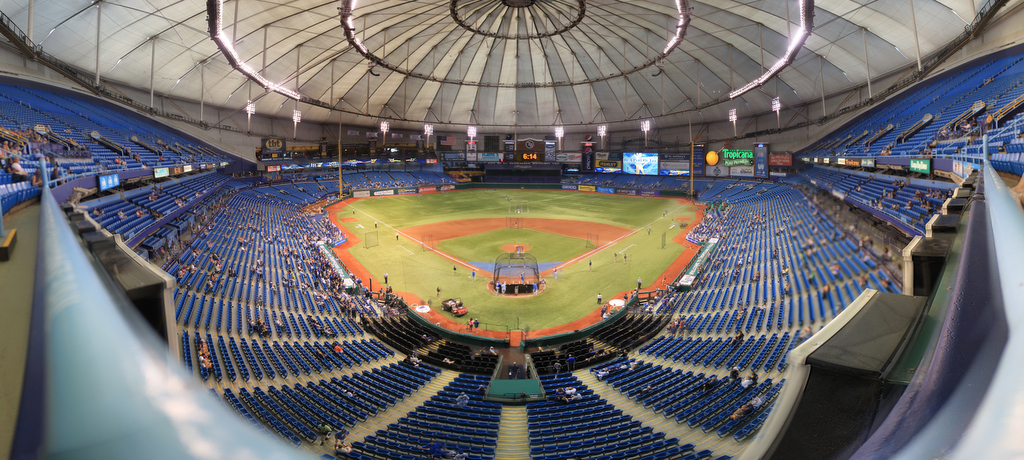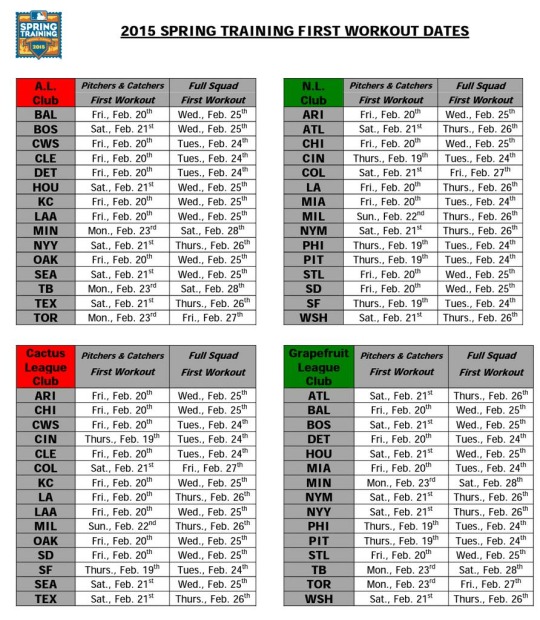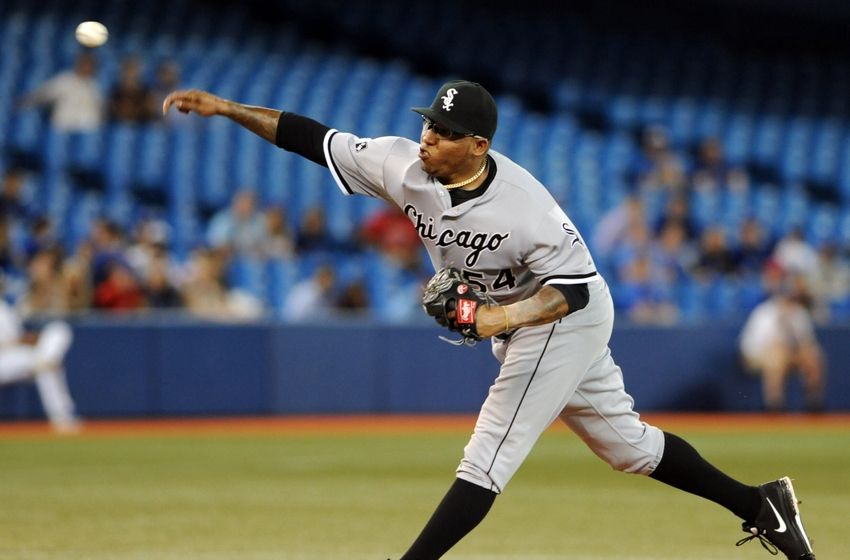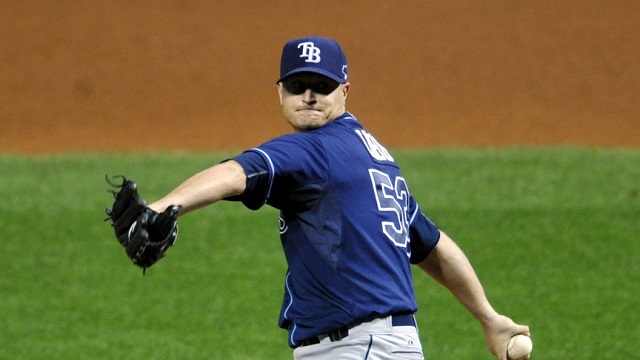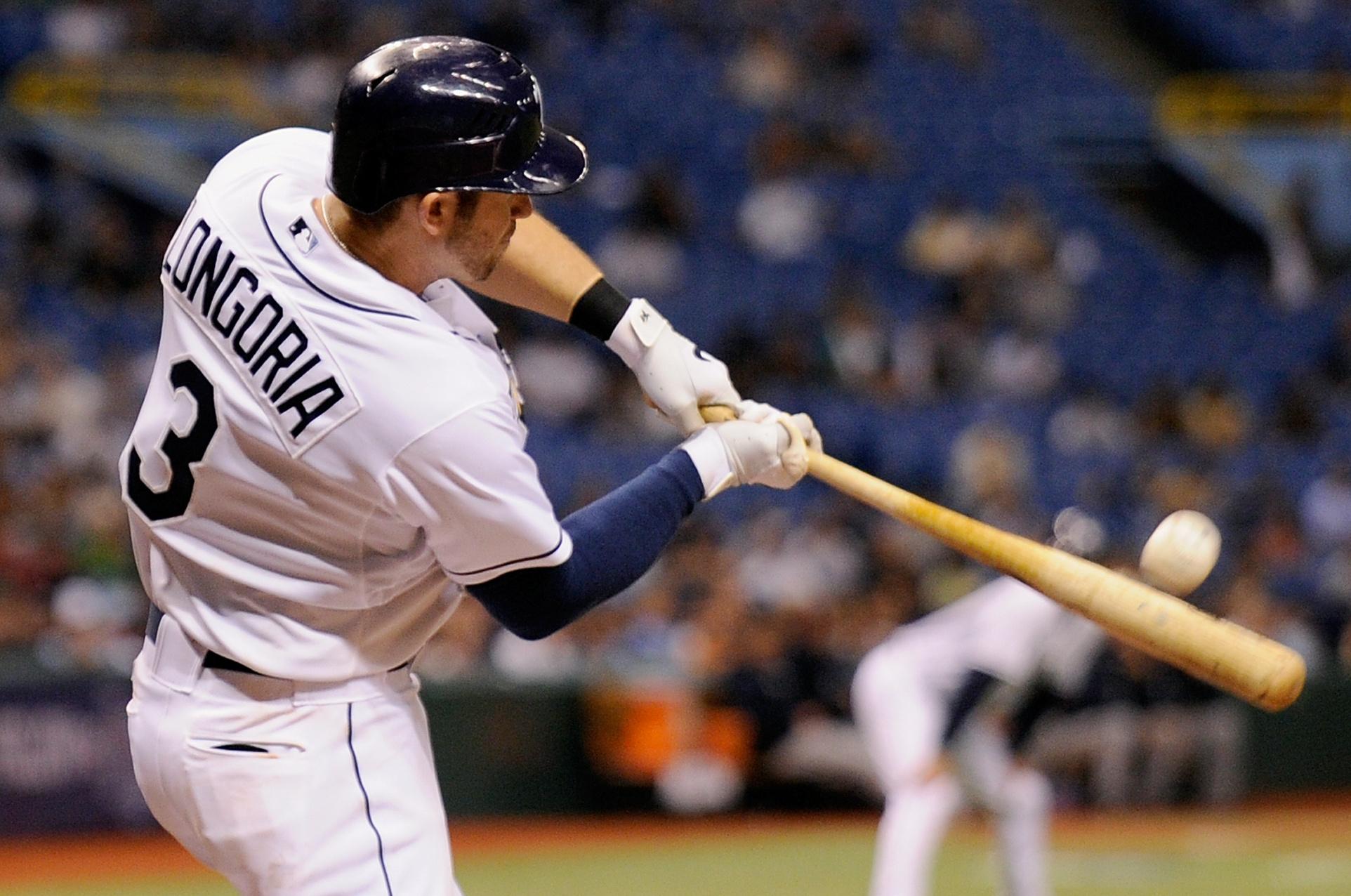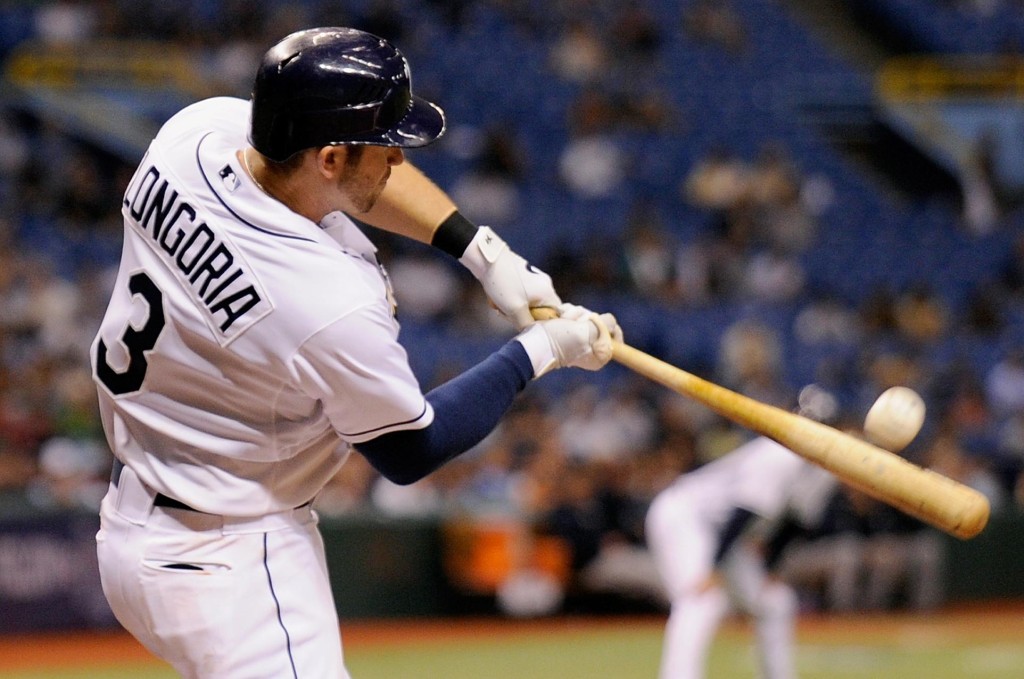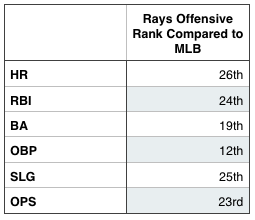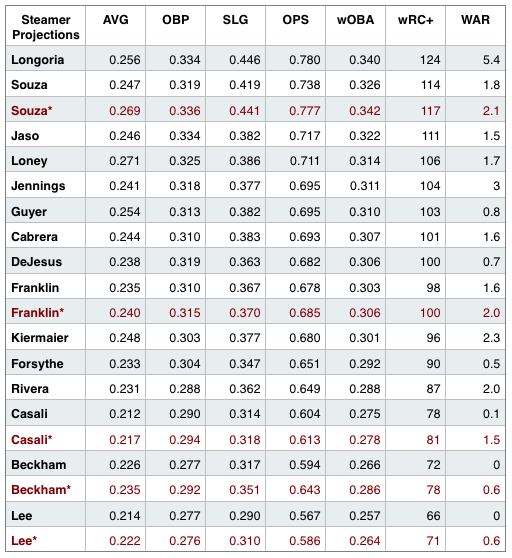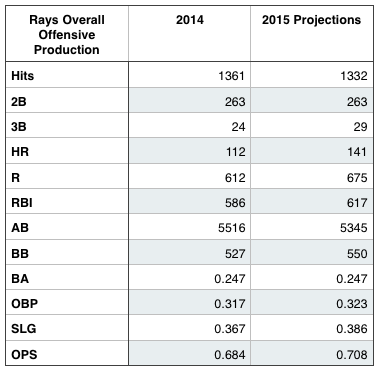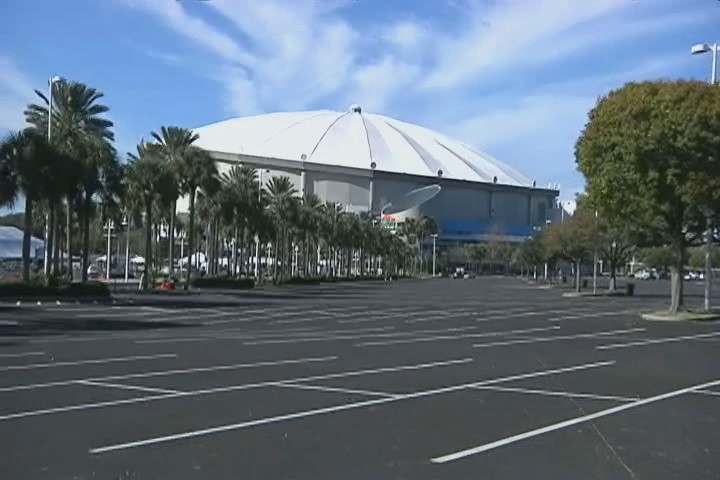
St. Petersburg mayor Rick Kriseman and Rays’ President Brian Auld met today to discuss the inner workings of the Stadium Saga, presumably (read: probably officially) for the first time since the doomed December 18th vote on the memorandum of understanding between the City of St. Pete and the Tampa Bay Rays.
Mayor Kriseman released a statement following the hour-long meeting,
The Rays have always been collaborative partners in this process and this morning was a continuation of those good faith discussions.
The Mayor and Mr. Auld discussed the development rights issue and the spirit of the discussion, as it has always been, was positive. We look forward to having an agreement that Council can approve before Opening Day.
According to the Tampa Bay Times, the discussion centered on the Rays’ right to a 50-50 split of development rights for the Tropicana site under the current contract with the city. It should be noted, that issue contributed to the above mentioned 3-5 city council vote in December.
However, Noah Pransky (Shadow of the Stadium) was quick to note in his synopsis of the meeting, that the Rays probably aren’t going budge on the low payouts to St. Pete, which was a sticking point for several of the council members.
If anything, progress has been made between the city and the Rays — a far cry from Stu Sternberg’s threat to sell the team to a new ownership group if the franchise is unable to move forward. Still, one has to wonder if both parties are setting themselves up for failure by setting yet another arbitrary date of Opening Day?
Noteworthiness
An interesting piece was recently penned by Mike Lortz of Tampa Bay Baseball Market. Lortz wrote in the article,
There are many reasons why the Rays struggle with attendance. Many fans and residents point to the condition of the stadium, the demographics, and lack of mass transit as reason for not going. But one of the biggest and least-discussed reasons is that few people actually live near Tropicana Field. According to Maury Brown’s 2011 research on population, the Rays are dead last in population with a 30-mile radius of their ballpark.
Lortz, by way Brown’s population study, compared the Trop’s 30 minute population with that of other potential cities like Raleigh, Nashville, Las Vegas, and Portland, ultimately concluding that the Rays,
…will continue to struggle with attendance as long as they have less than 1 million fans living within 30 minutes of Tropicana Field. This is one of clearest reasons for a move to downtown Tampa, where the Tampa Bay Lightning see weekday/weekend attendance differences of approximately 5%. A move to the center of their market could vastly increase the pool of fans within 30 minutes of a Rays game.
While the numbers don’t lie, Lortz’s findings should be taken with a grain of salt — after all, he based his findings on population figures that are at least four years old (depending on when the initial population study was conducted). What he neglected to mention, the population of St. Petersburg increased from 244,769 in 2010 to 249,704 in 2014. What’s more, the immediate population of downtown St. Petersburg is projected to increase by at least 2,045 (source: Tampa Bay Times), thanks to the current housing boom in-and-around that area.
I’ll concede the point, a citywide population increase of 5,000 people — 7,000+ when you include the projected population growth in downtown — may not sound like a lot, nor might it be enough to skew Lortz’s findings. Yet there isn’t any evidence that he took those numbers into consideration, nor is there evidence that he combined them with population figures from any of the other presumed regional sites on both sides of the bay. Lortz instead found favor in one potential area which is DOA, thanks to Jeff Vinik.
In the end Lortz not only furthered the same tired argument, he all but negated the idea that a regional search would be in the best interest of the Rays. Call me crazy, but the use of inaccurate and/or out of date information (among other things) is indefensible when trying to make a cogent argument. This issue demands more than a handful of people with their own agendas.

